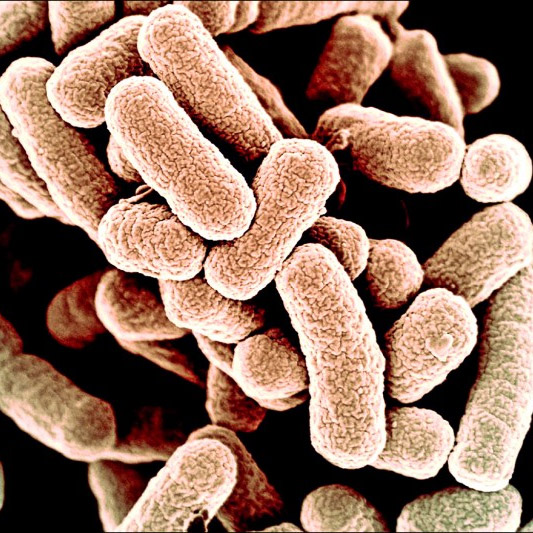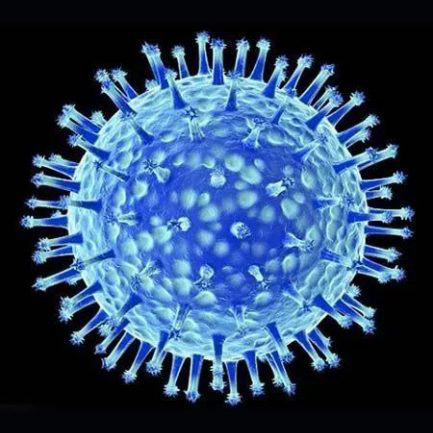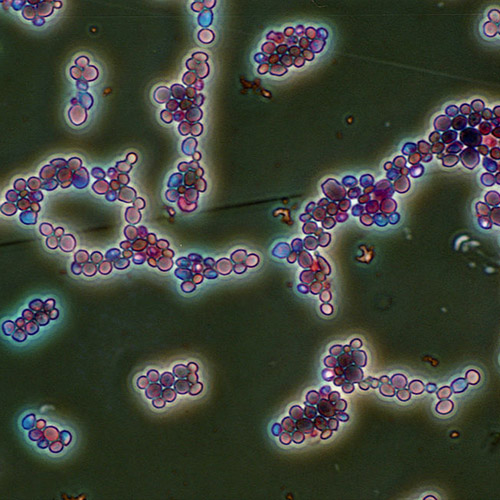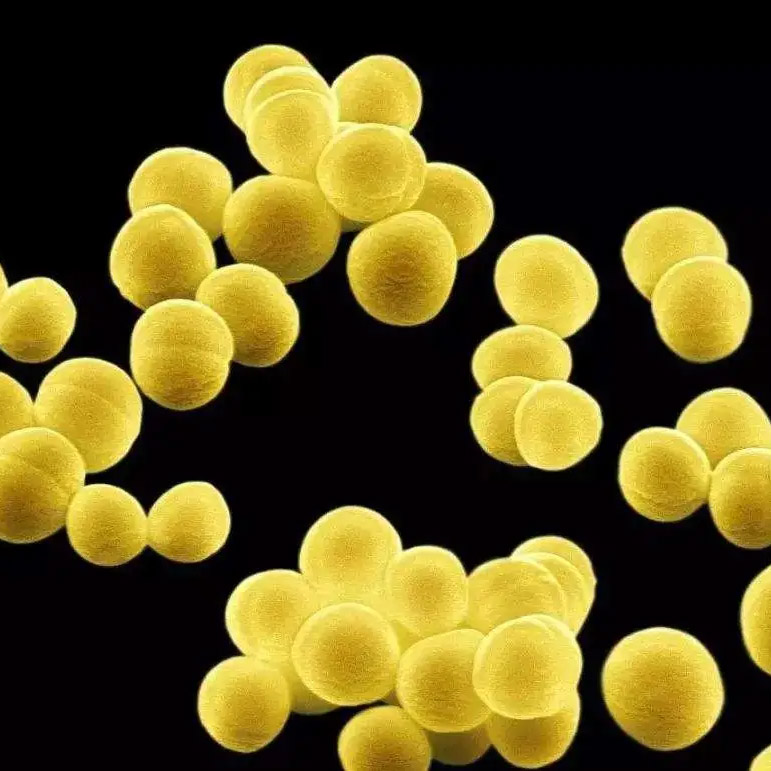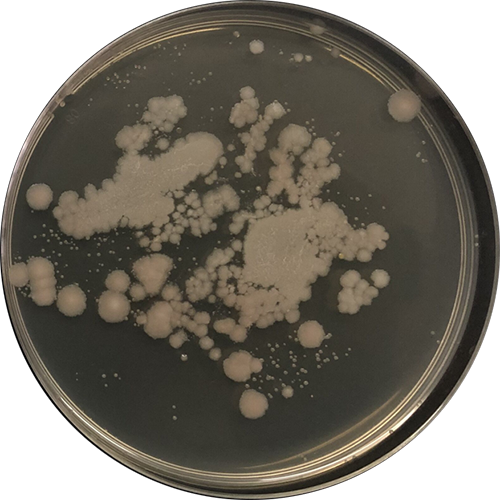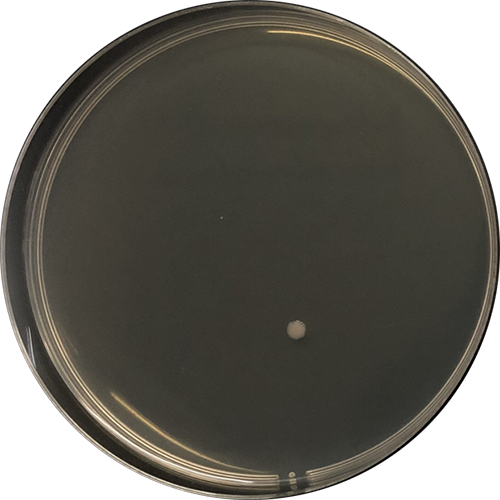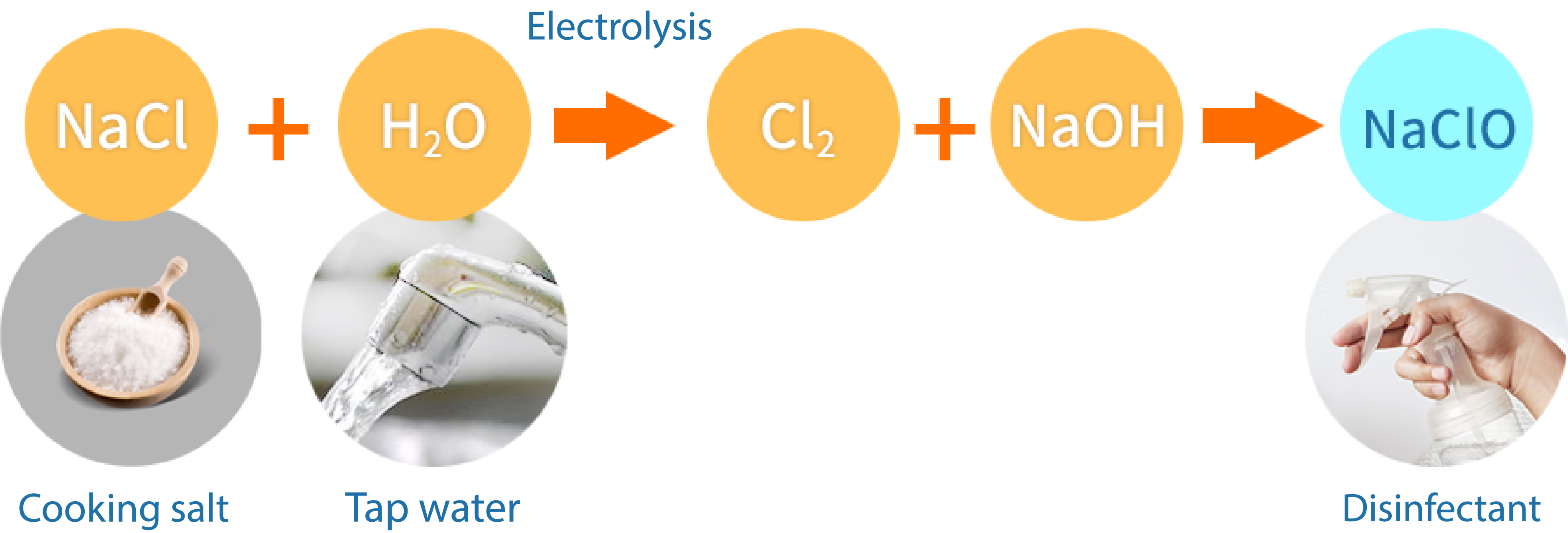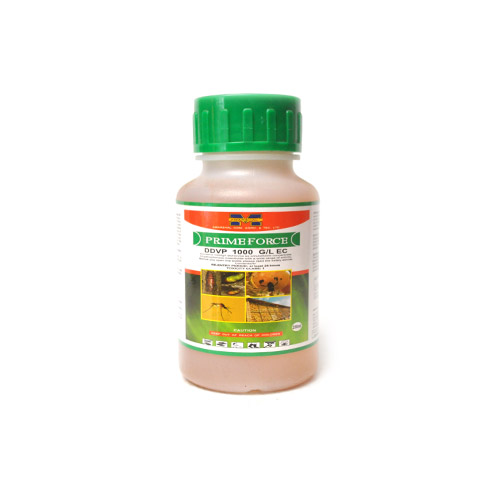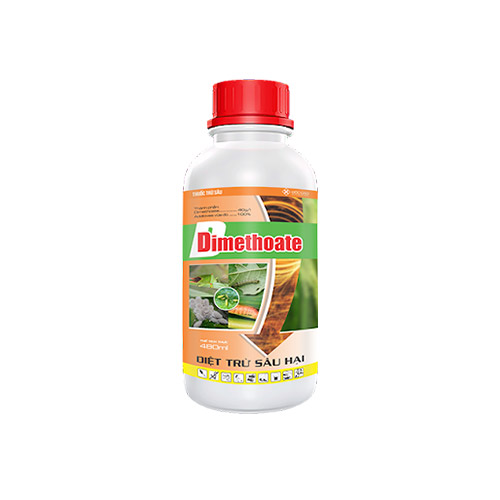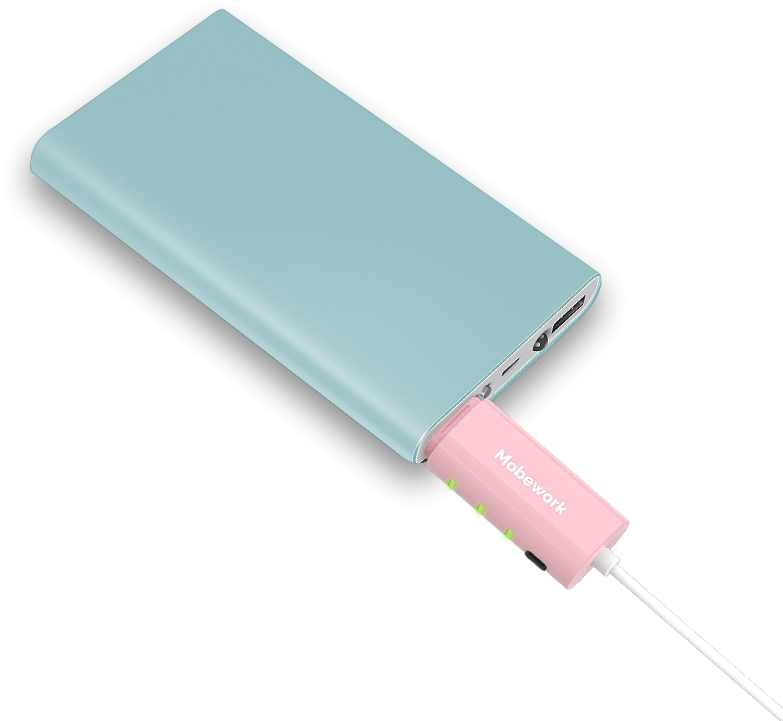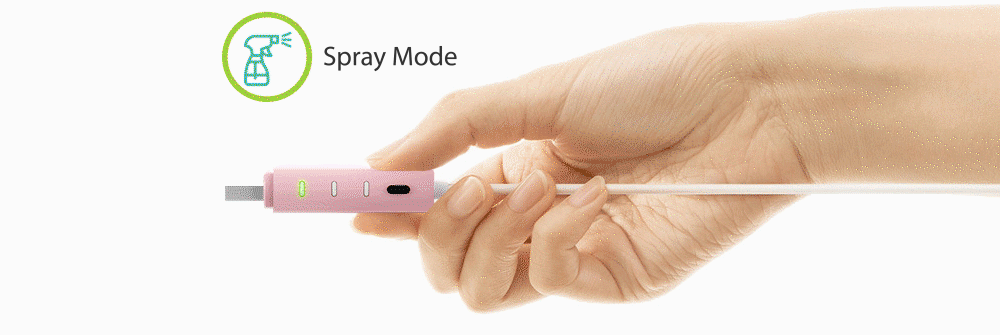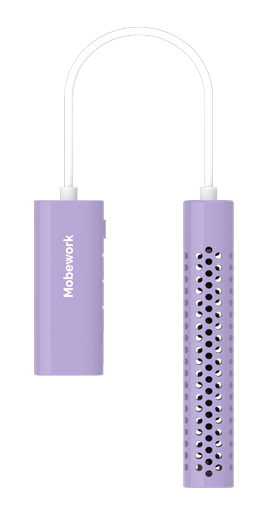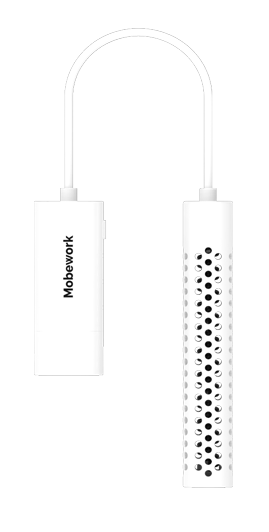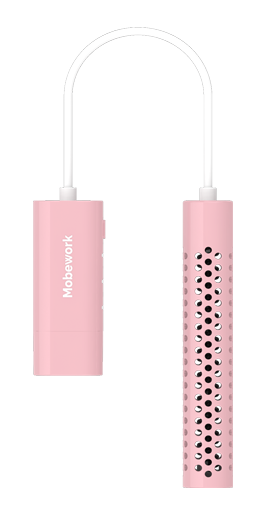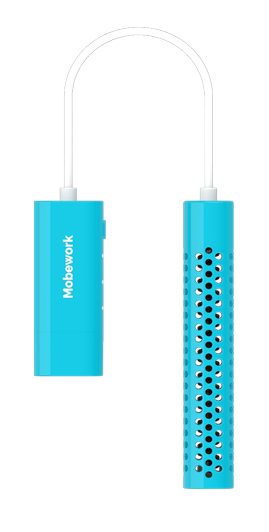Disinfection supplies on the market are very different
Made of sterilizing stick
Live oxygen disinfectant
Ability to destroy bacteria:★★★★★
Virus elimination ability:99%or above
No irritation, no flammability, no smell, no chemical additives, no consumables
Generally available on the market
alcohol
Ability to destroy bacteria:★★★
Virus elimination ability:
Partial virus
Irritating
Flammable
Smell
Chemical addition
Consumables
Generally available on the market
Hypochlorous acid water spray
Ability to destroy bacteria: ★★★★
Virus elimination ability: more than 90%
Irritating
Flammable
Smell
Chemical addition
Consumables
Generally available on the market
bleach
Ability to destroy bacteria: ★★★★★
Virus elimination ability: more than 90%
Irritating
Flammable
Smell
Chemical addition
Consumables
Generally available on the market
Peracetic acid disinfectant
Ability to destroy bacteria: ★★★★★
Virus elimination ability: more than 90%
Irritating
Flammable
Smell
Chemical addition
Consumables












TEST PROJECT: TEST THE OZONE CONTENT, AVAILABLE CHLORINE, AND THE EFFICIENCY OF REMOVING PESTICIDE RESIDUES WHEN THE RUTHENIUM IRIDIUM ELECTRODE AND THE PLATINUM ELECTRODE (TITANIUM ELECTRODE) WORK UNDER THE SAME CONDITIONS
Test Conditions: Water, No Salt |
|||||
| 500ML Water | 1L Water | 2L Water | 3L Water | 4L Water | |
| 5 mins – PPM value | 3.5 | 1.96 | 1.7 | 0.74 | 0.8 |
| 15 mins – PPM value | 9 | 6 | 3.9 | 2.28 | 1.63 |
| 20 mins – PPM value | 14 | 11 | 6 | 4 | 3.29 |
Test Conditions: Water, No Salt |
|||||
| 500ML Water,2G Salt | 1L Water,2G Salt | 2L Water,4G Salt | 3L Water,4G Salt | 4L Water,6G Salt | |
| 5 mins – PPM value | 71 | 29 | 16 | 7 | 8 |
| 15 mins – PPM value | 360 | 145 | 63 | 31 | 27 |
| 20 mins – PPM value | 640 | 290 | 130 | 65 | 52 |
The ppm concentration (parts per million) is the concentration expressed in parts per million of the mass of the solute in the mass of the entire solution, also known as the concentration of parts per million.
Concentration and Use Reference |
|||||
| PPM value | Use Reference | ||||
| 0.5~5 PPM | Pet supplies, mobile phones, tablets, clothing, shoes, handbags, banknotes, kitchens, bedrooms, children’s rooms, pet rooms, offices, shops, cars, etc. Regular spray disinfection | ||||
| 3~10 PPM | Dipping Vegetable and Fruit | ||||
| 50~100 PPM | Disinfection and sterilization of seafood, meat, floors, underwear | ||||
| 100~300 PPM | Disinfection of epidemic areas in large outdoor places | ||||
Video
Spec:
Product name: Natural disinfection stick
Product Size:
67x25x15mm (controller)
110x8x8mm (sterilization stick)
145cm (product line length)
Product net weight: 56g
Input voltage: DC 5V-2A
Rated power: ≤10W
Package Contents
Natural disinfection stick
Measuring spoon (2g)
First confirm whether the charger is DC 5V-2A (or current above 2A). Because the current (power) of the charger cannot meet the requirements, the product cannot be started.
A. First confirm whether the charger is DC 5V-2A (or current above 2A)。
B. Whether the interface position of the product and charger is loose.
C. This product is equipped with a temperature protection switch. When the interface between the product and the charger exceeds the internal temperature, the product will exit the electrolysis mode.
A. First confirm whether the charger is DC 5V-2A (or current above 2A). Because the current (power) of the charger is constant, both the product and the charger are overloaded.
B. Too much salt is added to tap water, which leads to increased concentration during electrolysis. (Please refer to the instruction manual for operation)
A. This product uses tap water electrolysis. Such as the use of steamed water, bottled water and other treated water electrolysis is not good. Because this water has been professionally treated. If such water must be electrolyzed, a certain proportion of salt can be added to the water. (1 liter of water plus 1 to 2 grams of salt)
B. The pH ratio of tap water varies from region to region. If you feel that the amount of bubbles is too small, add a certain proportion of salt to the water. (Please refer to PPM test table)
Use within 48 hours. It’s best to make it and use it now for the best effect.
O3 Ozone is named for its fishy smell, which can be reduced to oxygen by itself at room temperature. Used as a strong oxidant, bleaching agent, fur deodorant, air purifier, disinfectant, disinfection and deodorization of drinking water.
Hypochlorous acid water is a colorless and transparent liquid, which can be decomposed into oxygen, water and chloride ions under the condition of being open and not protected from light, so there is no harmful residue. Hypochlorous acid has a strong bleaching effect, and its salts can be used as bleaching agents and disinfectants.
Indicates the standby state of the product.
Not possible. Because distilled water has been professionally treated.
Hypochlorous acid water can be used at any time.
Hypochlorous acid water is used in the field of disinfection and is a new type of high-efficiency disinfectant. Function: wide bactericidal spectrum, strong killing power, high safety and good environmental protection. Hypochlorous acid water can be used in a wide range of fields such as disease prevention, disease treatment, air purification, water treatment, food processing, skin beauty, agricultural breeding and animal husbandry.
It is recommended not to drink

 中文 (香港)
中文 (香港)